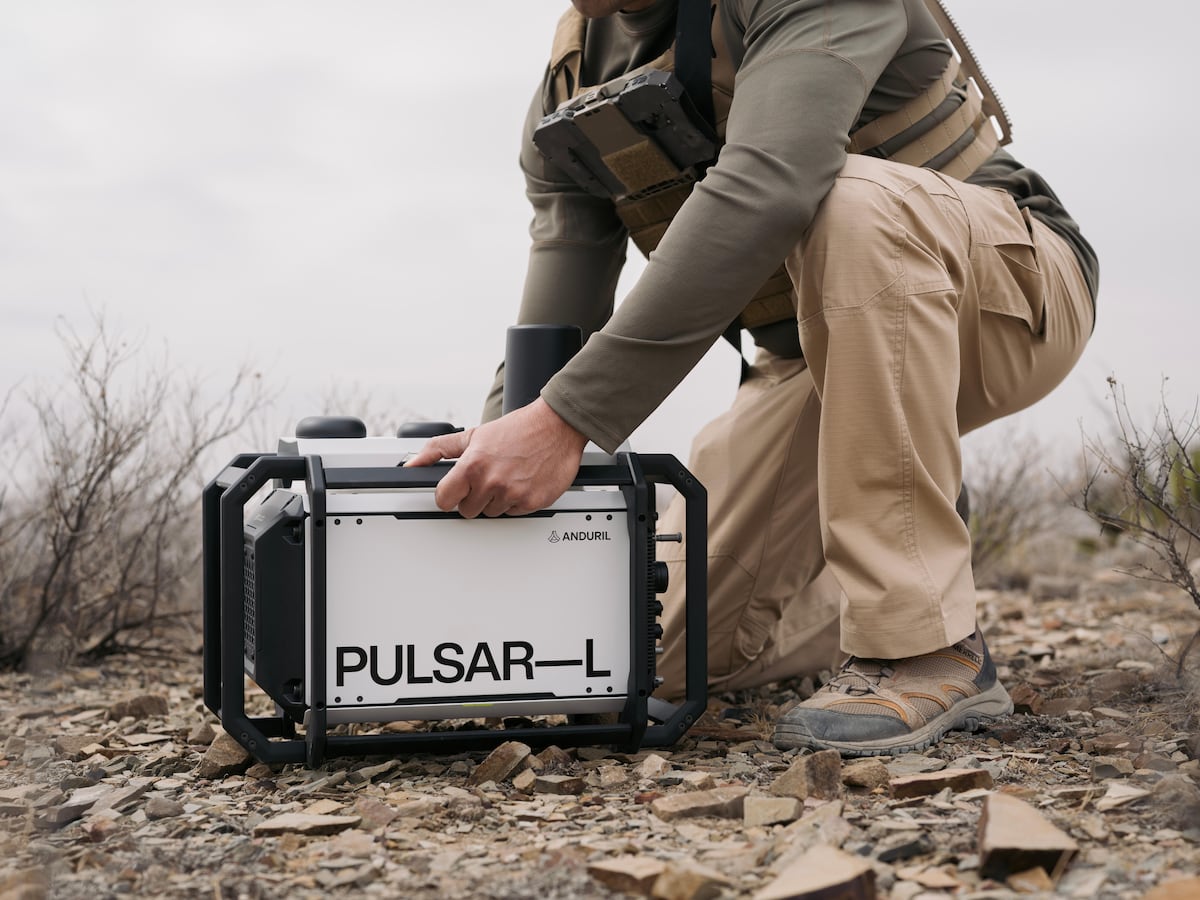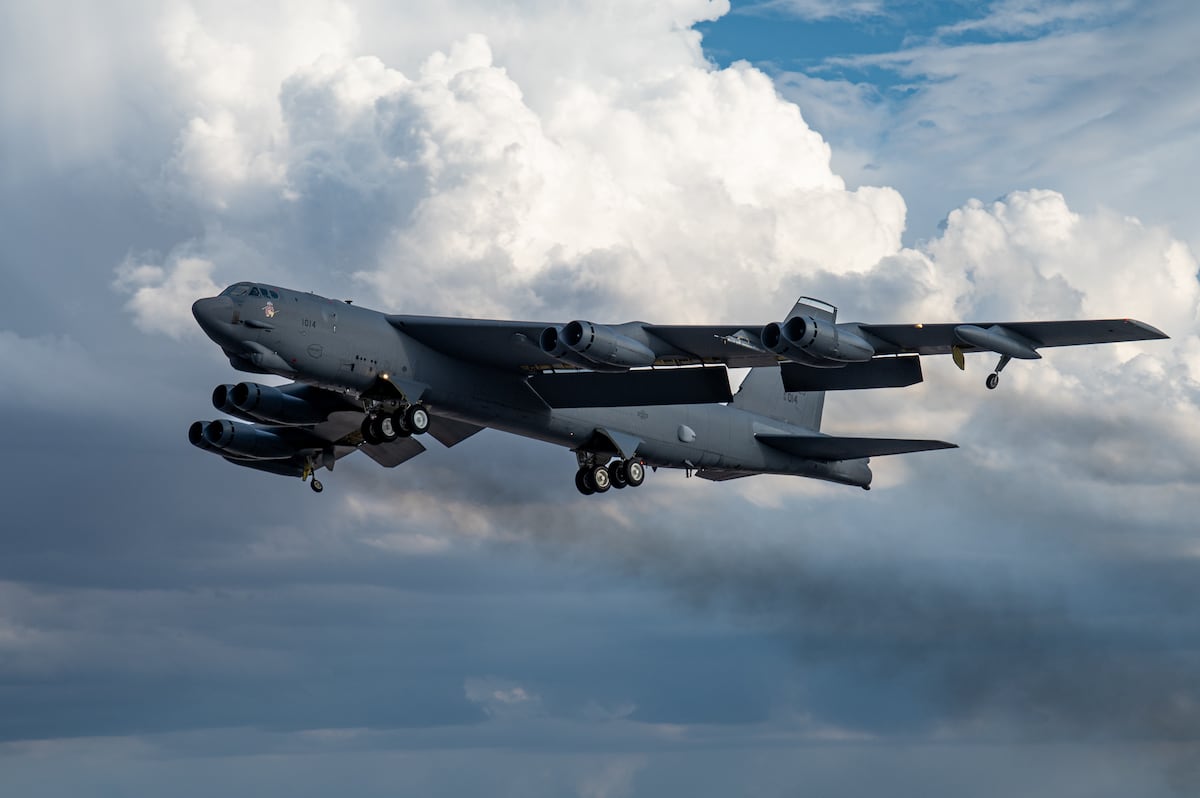Defense technology firm Anduril Industries on Tuesday rolled out a lighter, more mobile version of its Pulsar electronic warfighter system, designed to track and take out enemy targets, including drone swarms.
The software-driven signal jammer, Pulsar-L, comes in two configurations — airborne and expeditionary. The company unveiled its first three Pulsar variants last year: Pulsar-V, which is a vehicle version; Pulsar Alpha, which is airborne; and a fixed-site configuration.
The primary differentiator between those variants and Pulsar-L is size, weight and power, Anduril’s Chief Revenue and Strategy Officer Chris Brose told reporters Monday. The smaller system is about the size of a shoebox and weighs less than 25 pounds.
“Think of Pulsar-L as a smaller form factor that’s going to extend that capability even farther out to the tactical edge onboard platforms and weapon systems,” Brose said.
Pulsar-L is already being used in operations and was first fielded last year. Brose declined to tell reporters where it’s stationed, but noted the system is “participating in real-world operations in the most stressing EW environments.”
Brose touted the speed at which the Anduril developed Pulsar-L, saying it took just eight months to move from the concept phase to fielding, largely because of the company’s common hardware and software platforms.
Pulsar-L can operate independently or with Anduril’s Lattice software, is user-friendly and can be set up in a matter of minutes, officials said. The company is pitching the system as an alternative to clunkier EW capabilities that it described in a press release as “rigid, manual, cumbersome and threat-specific.”
The system’s usability is closely tied to its autonomous technology, according to Sam El-Akkad, general manager of radio frequency and EW systems.
“All the operator needs to do, they can put it in an autonomous mode where it ingests the spectrum, figures out what’s out there, decides what’s a threat and what’s not and then engages those things,” he said in the briefing with Brose. “It all happens magically under the hood.”
With the first units fielded, Anduril is focused on ramping up production. El-Akkad said the firm plans to produce more than 100 low-rate initial production units by the end of this year, with a goal of scaling to thousands of Pulsar-L jammers annually in the next few years.
Brose declined to name Anduril’s early Pulsar-L buyers, but the company has been awarded several contracts in recent years for similar technologies.
Last October, an undisclosed Defense Department bought an unspecified number of Pulsar jammers as part of a $250 million counter-drone package that included 500 all-up rounds of Anduril’s Roadrunner interceptor.
The firm is also on a 10-year, indefinite-delivery, indefinite-quantity contract worth up to $1 billion with U.S. Special Operations Command to supply counter-drone hardware and software, including Pulsar, Lattice, Sentry Tower and its Anvil interceptor.
Courtney Albon is C4ISRNET’s space and emerging technology reporter. She has covered the U.S. military since 2012, with a focus on the Air Force and Space Force. She has reported on some of the Defense Department’s most significant acquisition, budget and policy challenges.
Read the full article here








Leave a Reply